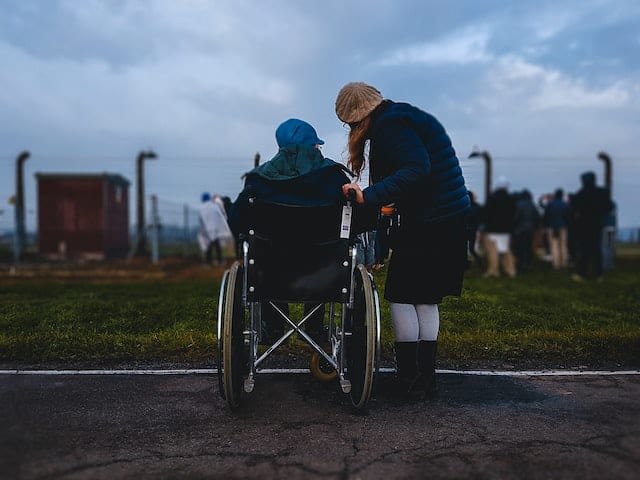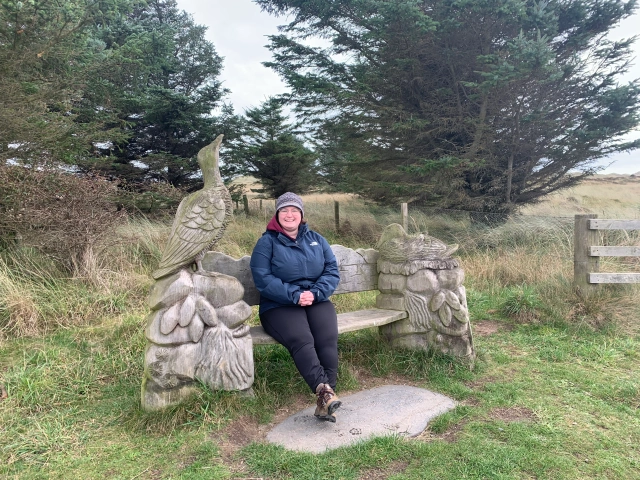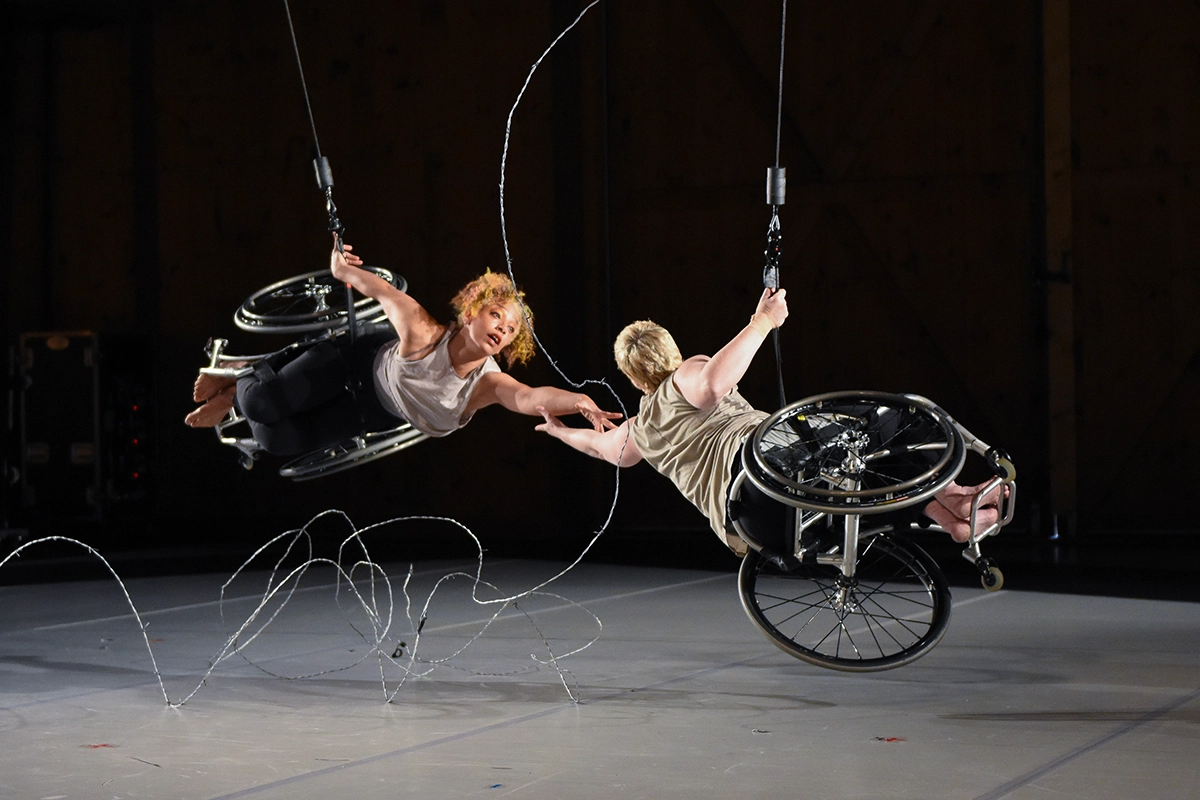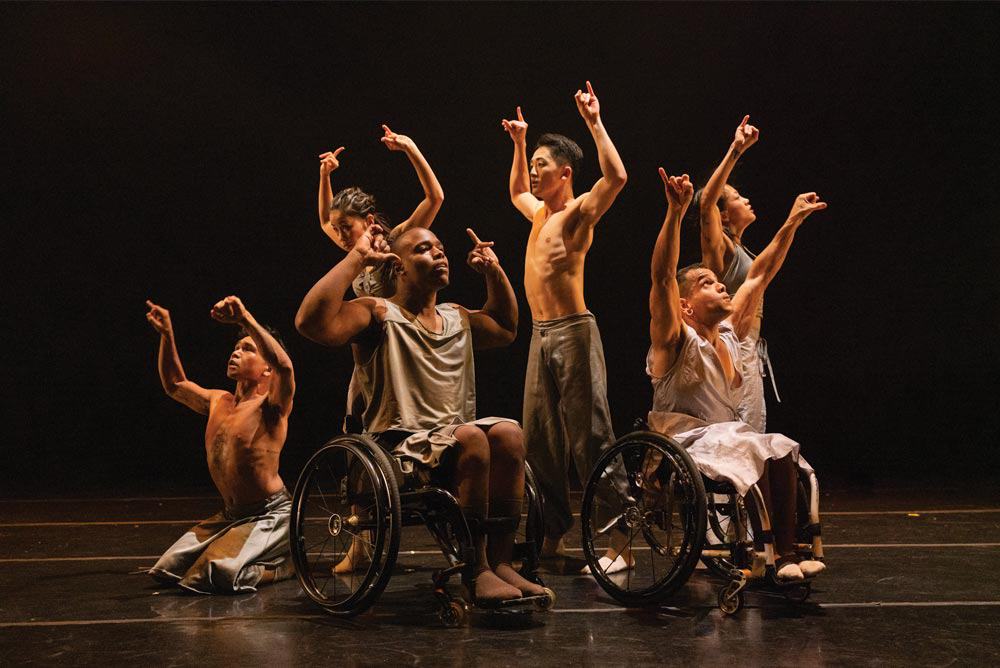Usually, when we think of an artist, we consider their talent, creativity, and vision. Famous artists are frequently elevated in our imaginations to a position of genius, which distances them from regular people—especially ourselves. But did you know that despite having exceptional talent, many well-known artists have had to overcome disabilities? Yes. All persons, including those with disabilities, have the equal right to produce labor and participate in the creative economy. Unfortunately, people with disabilities are frequently thought to be unworthy artists or creatives.

Boosting up confidence
Each person has their own unique creativity, and they all deserve the chance to express it. We will therefore discover fresh and occasionally unfathomable ideas and inspirations if we, in the art and creative sector, encourage to support and collaborate with disabled artists.
- Encourage people with disabilities to improve their skills with confidence. If disabled artists don’t yet fully control their creative process, supporting them could help them grow.
- The same professional and social opportunities for disabled artists to participate in the society and community will be made possible with the aid of mental support.
- Providing assistance to people with disabilities enables them to develop their own perspectives and means of expression.
Contribute to exchanging ideas
Disability Arts produces work that challenges myths, stereotypes, and unfavorable stories about the lives of those with disabilities. Its advantage is that it was made by Deaf and disabled individuals, as well as artists and creatives. They are creating captivating, astonishing, interesting, and modern art from the reality of the lived disability experience. Disability Arts brings together those who, in large part via activism, self-defense, and tolerance of difference, aim to convey the reality of their lived experience. There may be a stimulating interchange of ideas and expertise. By encouraging and fostering freedoms to engage in activities without fear and by normalizing what could otherwise cause discomfort or humiliation, the effort can contribute to changing the world today. In actuality, the issue with regular individuals is that they don’t actually exist.

Seek attention
The work of disabled actors and dancers has garnered a growing amount of attention, bigger audiences, and presentation in renowned venues and festivals during the past ten years. However, there hasn’t been any ongoing research into how audiences, including those with and without impairments, interact with, understand, and react to this work.
The structure of the look, empathy across differences, societal conceptions of handicap, the economics of programming, and evaluations of quality are only a few of the specific problems that performances of disability pose in regard to spectatorship. Disability provokes worry about looking and stigmatization since it simultaneously draws and disrupts the gaze in culture. However, the discussions that could contextualize this gaze and situate it within critical, political, and artistic discourses are frequently lacking or incipient.

































